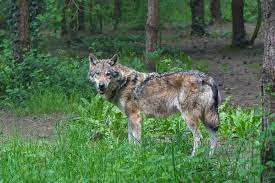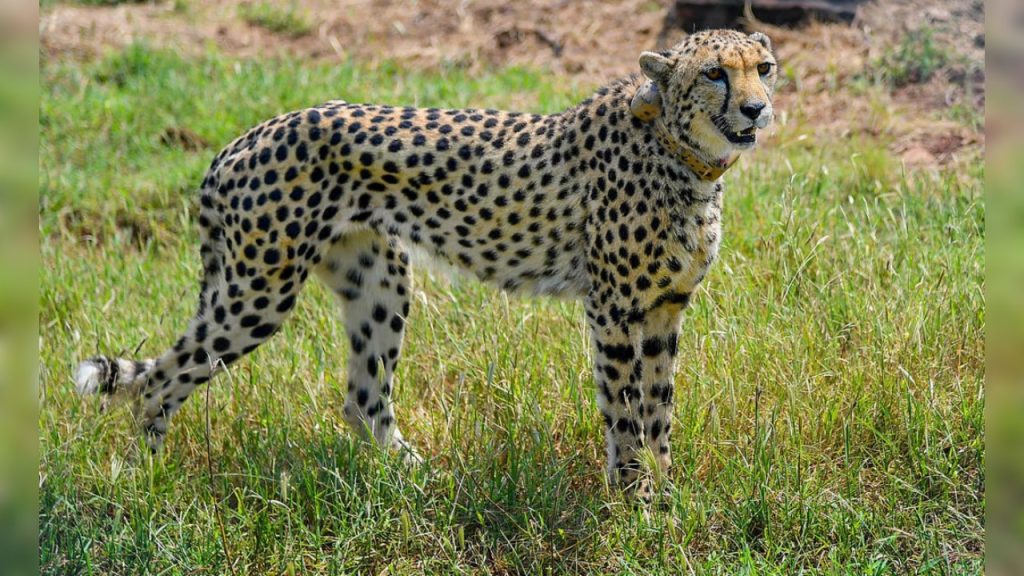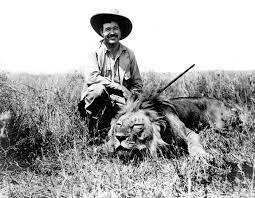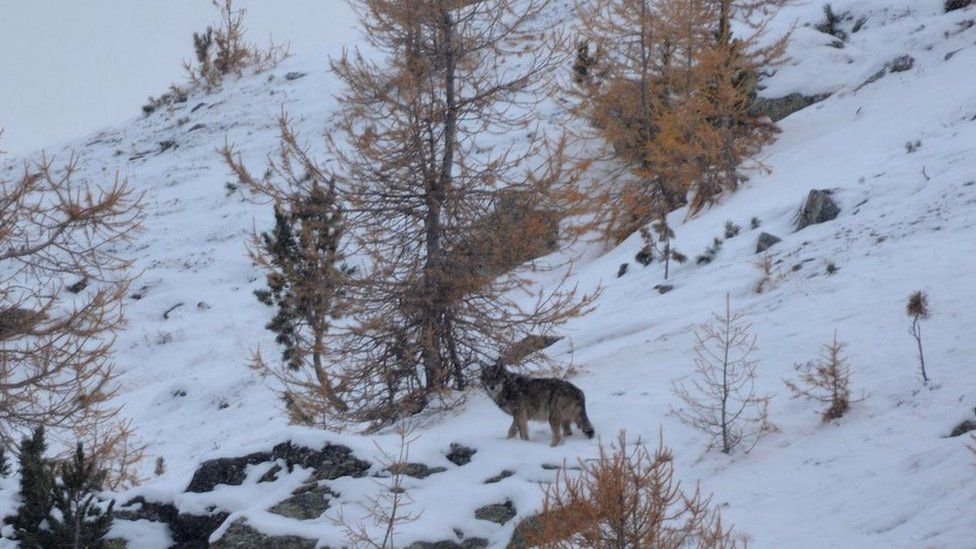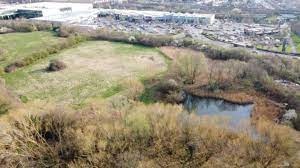The human race has set itself the target of keep temperature rises to under 1.5°C. It is therefore an issue if just 3 of the food products could push us past this target.
Why are these 3 foods such a problem? Methane!
While it breaks down in the atmosphere over a matter of a few decades, until it does, it has a warming impact many times greater than carbon dioxide. A study has found, that if current food emissions continue to the end of the century, they will result in another 0.7°C of emissions, on top of the estimated 1°C that food production has already caused.
However, the same study found that this rise could be cut by 55% by cutting meat consumption in rich countries – to what is medically recommended, by reducing emissions from livestock and their manure (I have spoken in the past about an additive from seaweed which could be added to cattle diets, which would greatly reduce their methane production.) and by using renewable energy in the food system (this last one should be guaranteed, though unfortunately it isn’t, because the whole earth should be converting to 100% renewable.



